Sensors and Electrodes- A Perfect use for Metalized Textiles!
Most of us are familiar with the sensors that our health professionals use to gather many types of biometric information about the function of our electrical body organs including: the brain, heart, nerves, temperature, blood oxygen saturation, humidity, and muscles. Electrodes are also carriers of electric current for stimulation therapy for nerves TENS (Transcutaneous Electrical Nerve Stimulation) and muscles EMS (Electrical Muscle Stimulation).
Traditionally, these sensors have been “wet Silver Chloride Sensors”. The “wet part” is a gel to provide reduction of the skin electrical impedance placed on a metal foil that is then held firmly against the skin with padded adhesive tape to improve and maintain the contact with the skin. Depending on the length of time the sensor is in place, the gel can dry and give poorer contact with the skin resulting in signal degradation, giving a poorer quality reading to the sensor. Additional preparation/abrasion of the skin is often needed to achieve better contact of the silver chloride electrode. Add to that the adhesive which must be pulled off at the end of the test (OUCH!) and the possibility of allergic reactions to that adhesive (UGH!), and one can see how long-term monitoring with the Silver Chloride sensors can be a difficult process.
Though the Silver Chloride sensors are “the standard” in clinical environments, wearable, gel free dry electrodes can be good candidates for long-term point-of-care personal health monitoring and in other parallel situations. These electrodes are fashioned with highly conductive metalized textiles and yarns, sometimes using the yarn itself or TPU (Thermoplastic Polyurethane) coated metalized yarn as the “wire” connecting the sensor to the monitoring device can be a great alternative to the silver chloride sensors. These electrodes can be held in close approximation to the skin with comfortable compressive fabric bands or vests to hold these highly conductive electrodes in place, eliminating the need for the additional skin preparation or the adhesives mentioned above.
Another type of sensor is a Tactile Sensor, which essentially a sensor that responds to touch. A tactile sensor works like a switch, the pressure being the “activator” of the switch turning it on or off. The tactile sensor using metalized textiles involves two layers of metalized textiles separated by a layer of “spacer fabric” keeping the metalized textiles out of contact. When the sensor is pressed, the metalized textiles come into contact, activating/closing the circuit. These tactile sensors can be useful as “wearable emergency call devices” for use if a person has fallen and needs assistance, making help literally a “push of a pad away”, at the bedside as a call button in the hospital, or to notify the staff in a hospital if the patient has left their bed by sensing lack of body pressure on the switch, which in this case takes the form of a bed covering, alerting the staff to the fact that the patient has left the bed and may be wandering.
The above applications show just a few of the advantages of the metalized textiles over silver chloride sensors. Other advantages of metalized textile sensors or switches are many:
- Flexibility
- Stretchable
- Durability
- Excellent Conductivity throughout the Textile
- Mechanically Stronger than Foils
- Lightweight
- Breathable
- Yarn or TPU Coated Yarn can act as the “wires” to the recording/receiving device.
Please contact us if you feel that these applications of metalized textiles could be a solution that you can use and we will work with you directly to create the textile portion of your sensor/electrode based on your design!
V Technical Textiles, Inc.
www.vtechtextiles.com
info@vtechtextiles.com
(315)-597-1674 PHONE
(315)-597-6687 FAX
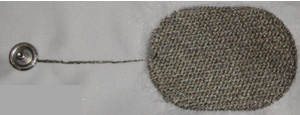
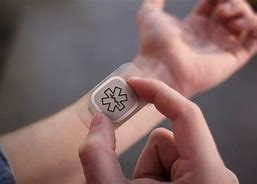
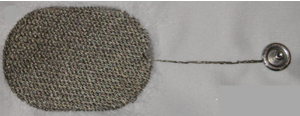
Sensor made of Metalized Textile Tactile Sensor/Switch Sensor with Metalized Yarn “Wire”

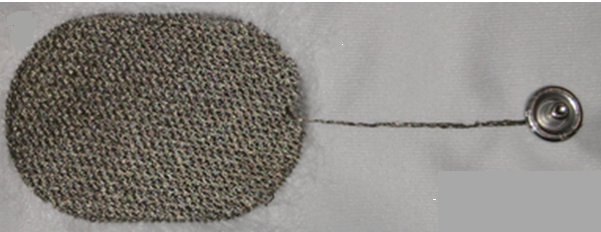


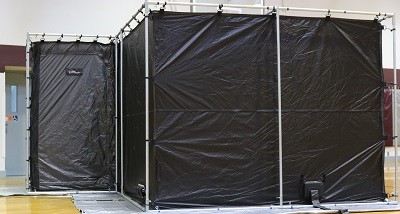
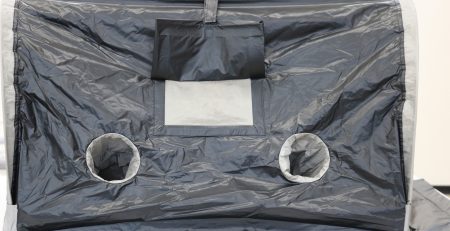
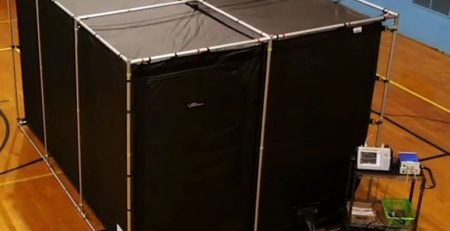

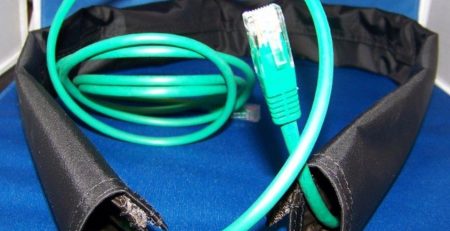

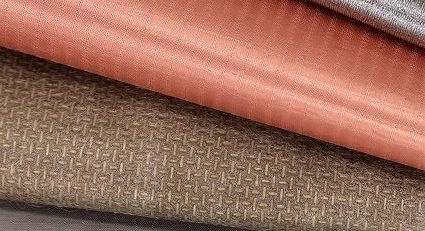
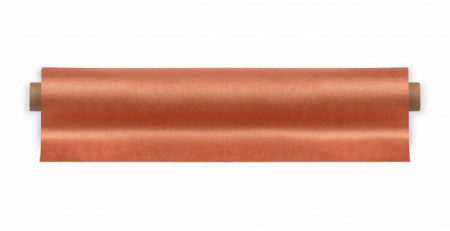

Leave a Reply